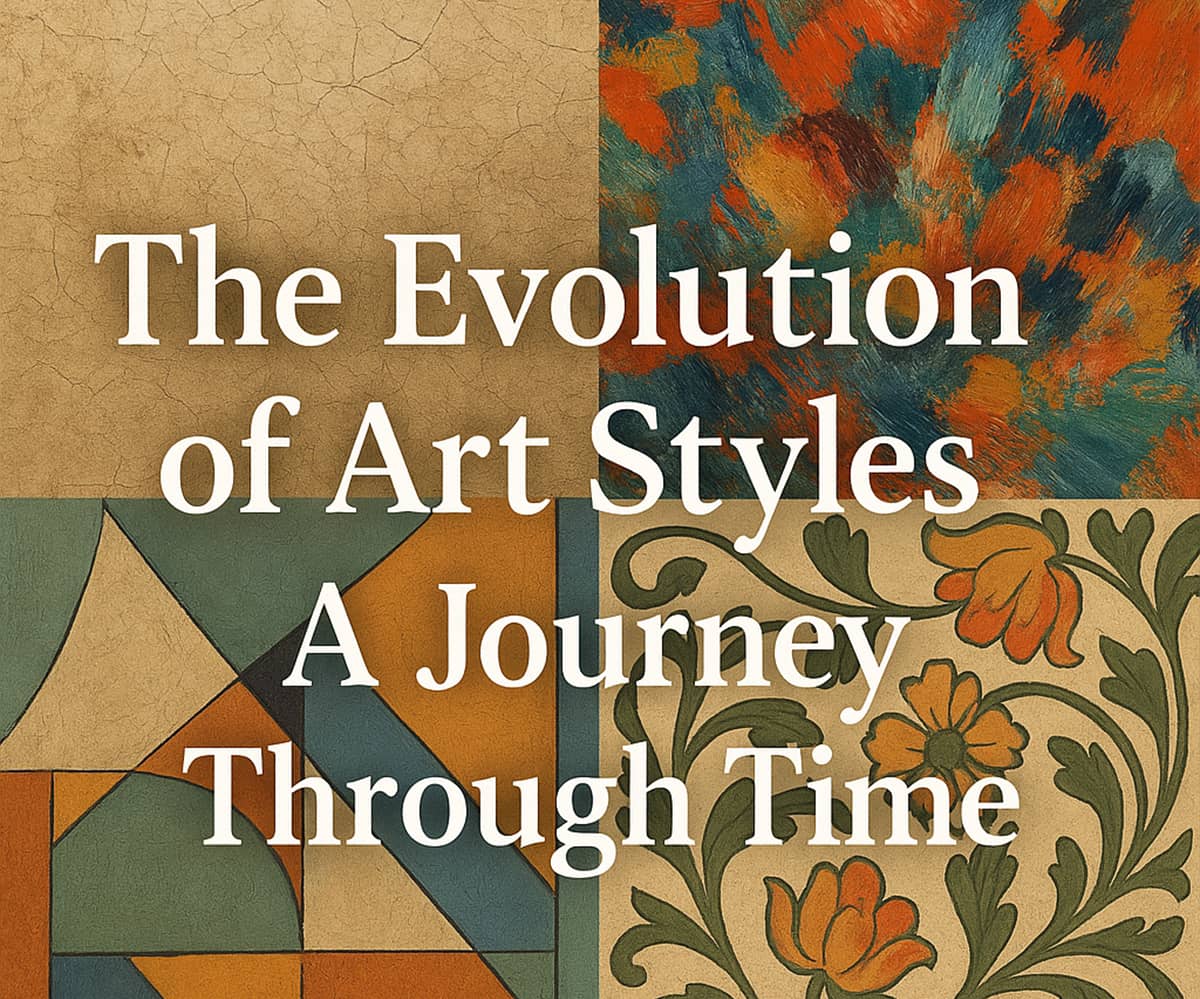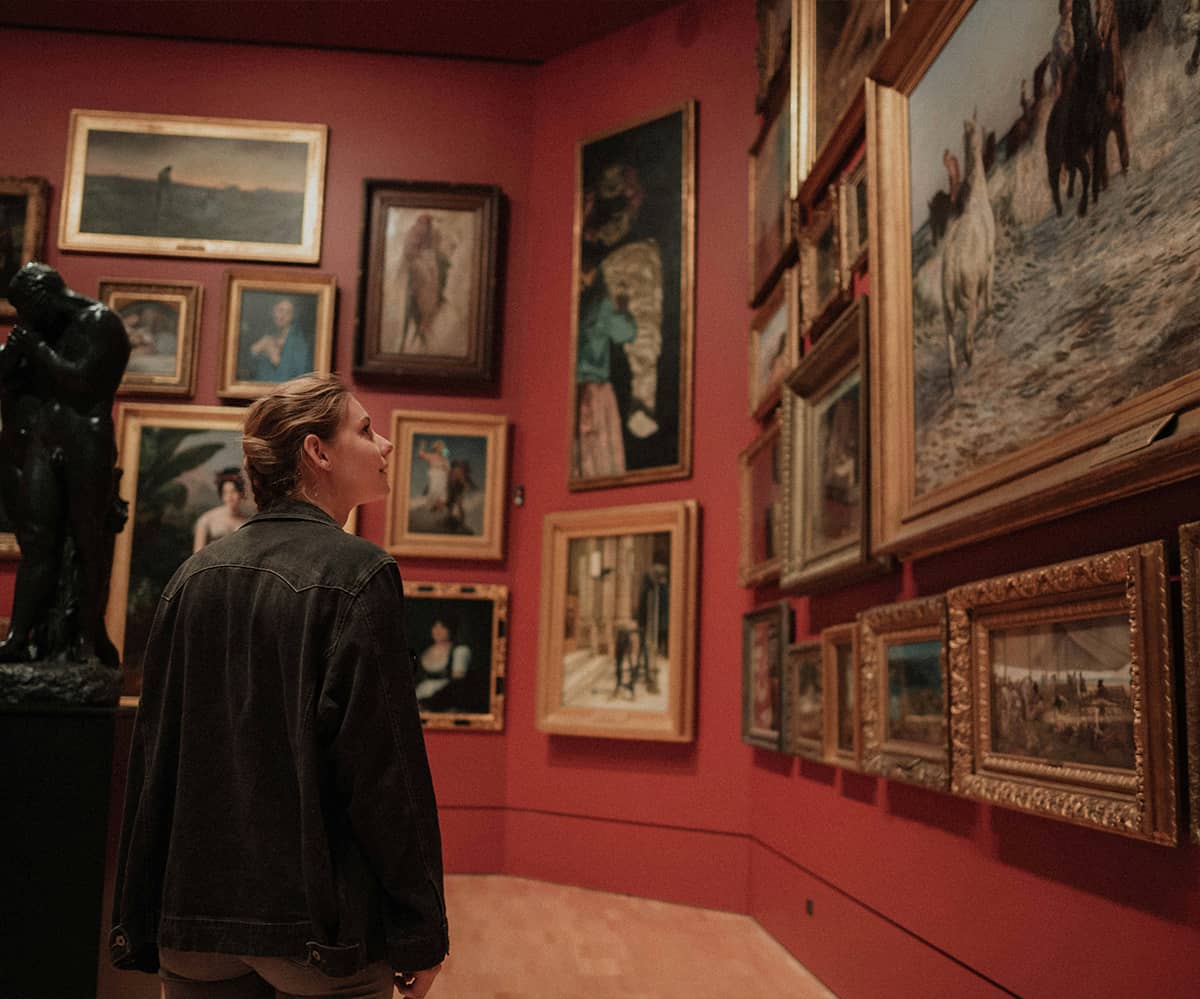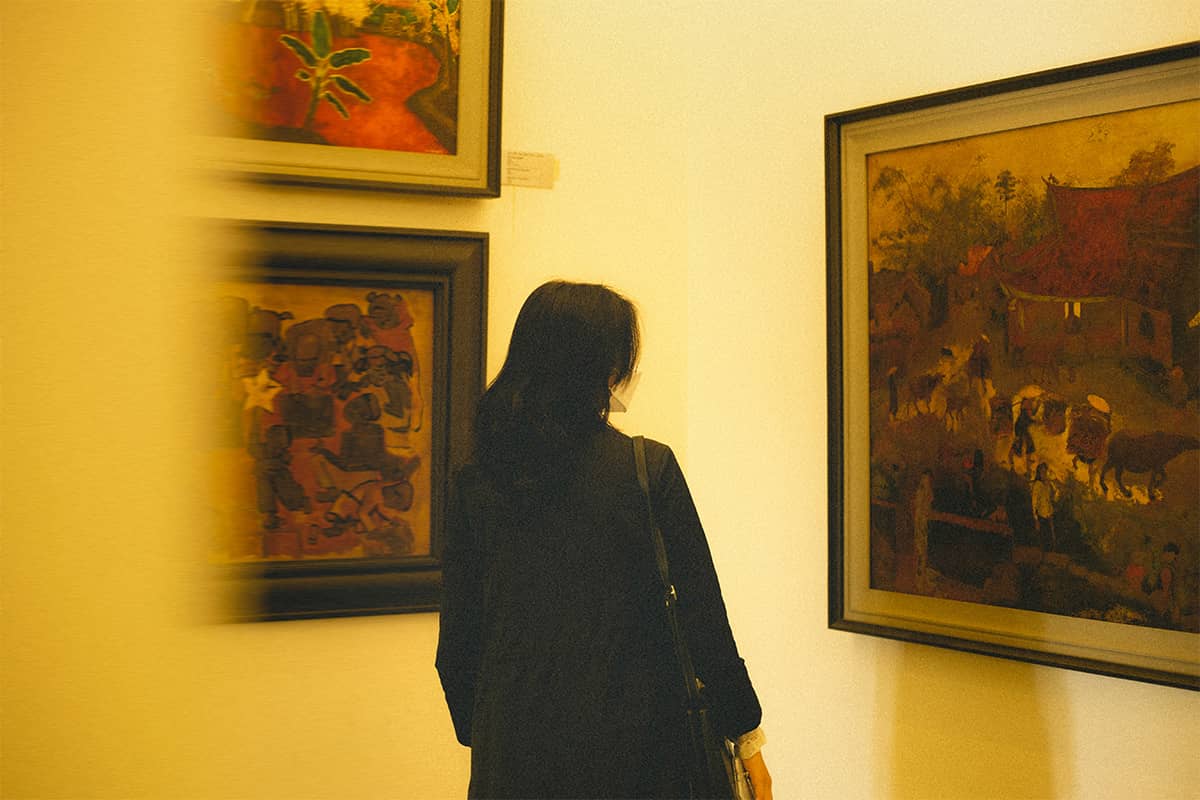The Evolution of Art Galleries: A Stroll Through History
Art galleries stand as cultural sanctuaries, preserving and showcasing the beauty of human creativity throughout the ages. Their history is as diverse and fascinating as the masterpieces they house. Join us on a journey through time as we explore the evolution of art galleries, from their humble beginnings to the vibrant institutions we know today.
The Birth of the Gallery: 17th Century Europe
The concept of public art exhibitions took root in 17th century Europe. Prior to this, art was primarily commissioned by the church, aristocracy, or wealthy patrons. The emergence of a burgeoning middle class led to a desire for cultural experiences, giving rise to the public art gallery.
One of the earliest known public art galleries is the Uffizi Gallery in Florence, Italy, founded in 1581. However, it was in 18th century England that public exhibitions gained significant traction, with the Royal Society of Arts organizing annual shows in London, laying the groundwork for the establishment of public galleries.
The Salon Culture: 19th Century France
The 19th century saw the rise of the Salon culture in France. The Paris Salon, an annual exhibition organized by the French Academy, became a pivotal event in the art world. While it provided artists with a platform, it was not without controversy, often favoring established artists and suppressing innovation. This led to the birth of independent exhibitions, such as the Salon des Refusés, challenging the status quo.
The Birth of Modern Galleries: Late 19th to Early 20th Century
As the 19th century gave way to the 20th, the art world witnessed a seismic shift. Galleries started to break free from the constraints of academies and established institutions. Montmartre in Paris became a hub for avant-garde artists, and iconic galleries like Galerie Durand-Ruel played a pivotal role in promoting Impressionist art.
The 20th century saw the emergence of influential art movements, from Cubism to Surrealism, and galleries became crucial spaces for the dissemination of these groundbreaking ideas. Peggy Guggenheim’s Art of This Century gallery in New York, with its innovative exhibition design, exemplified the changing landscape of gallery spaces.
Contemporary Galleries: The 21st Century and Beyond
In the 21st century, art galleries have embraced technology, with virtual exhibitions and online platforms expanding their reach globally. Contemporary galleries are not only spaces to display art but also hubs for cultural dialogue and community engagement.
In recent years, galleries have actively worked to diversify their collections, representing a broader range of artists and perspectives. They have become spaces that not only showcase art but also foster inclusivity and accessibility, breaking down barriers that historically limited access to the art world.
Conclusion: A Timeless Legacy
The history of art galleries is a testament to the enduring power of art to inspire, challenge, and provoke thought. From the salons of 19th century France to the dynamic, inclusive spaces of the 21st century, galleries have evolved to reflect the ever-changing landscape of artistic expression.
As we continue to navigate the complex tapestry of art history, art galleries remain beacons of creativity, preserving the past, celebrating the present, and shaping the future of artistic endeavors for generations to come.




